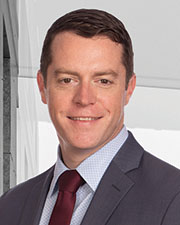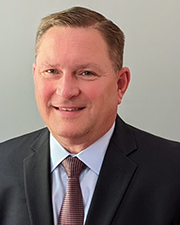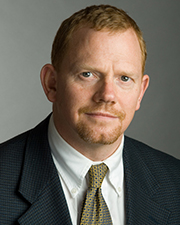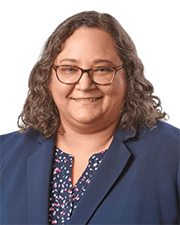On to the front line: Trial begins - civil litigation basics - by Michael Brangwynne

Fletcher Tilton
This is the fifth article in a series on the basics of the civil litigation process. If you are interested in reading the first four installments, they are available on Fletcher Tilton’s website under the Knowledge Library and on nerej.com.
Preparing for Trial
As discussed in earlier installments, the civil litigation process involves an assertion of claims by all of the parties to the dispute--a period of discovery during which the parties exchange information, evidence and testimony relevant to the dispute--and possibly formal or informal settlement negotiations between the parties. The length of time allocated for this pre-trial procedure can range from a period of months for certain fast-tracked disputes – such as a challenge to a municipal zoning board’s decision – to a period of four or more years for a complicated commercial dispute involving numerous plaintiffs and defendants, --such as a construction defect dispute on a multi-million-dollar project.
Regardless of the nature of the claims, the dual purposes of this pre-trial period are the same. First, the parties must identify, gather and assess potential evidence that may be presented at trial. Second, the parties will raise and argue any legal issues before the court – such as whether certain claims are unsupported by the evidence and should be dismissed. Once all evidence has been unearthed and exchanged, any expert witnesses have been retained and disclosed, and all preliminary legal issues have been ruled upon by the court, the only thing that remains is for the parties to present their claims at trial.
The Judge and Jury
Typically, the trier-of- fact in a civil lawsuit – that is, the entity that is charged with considering and making decisions on disputed issues of fact – is a jury made up of 12 citizens. It is the judge’s role to issue decisions on questions or law, – such as whether certain evidence should be admitted. It is the jury’s role to decide which facts are true, – such as whether defects in a construction project’s foundation were caused by improperly mixed and poured concrete, or by faulty architectural plans.
There are cases where the parties may agree that the judge make both rulings of law and findings of fact. This is called a bench trial, and it is common in complex and highly technical or document-intensive disputes that might put a jury of average citizens to sleep. Since all parties involved have a constitutional right to a trial by jury, they all must agree to waive this right and proceed with the judge serving as trier-of-fact.
Assuming the parties wish to proceed with a jury, the first step in a civil trial will be the empanelment of jurors. Anyone who has been selected for juror service will be familiar with this routine. Potential jurors are brought into the courtroom and asked a series of questions by the judge and counsel for the parties to determine whether they might be unfairly biased in deciding the case (or are willing to make up a bias to escape jury duty).
The judge will disqualify and excuse any jurors who demonstrate a bias that will impact their ability to make fair and impartial findings. The parties may also remove jurors for any reason through a set number of peremptory challenges, so long as the challenge is not based on unconstitutional grounds such as race or gender.
Opening Statements
Once a jury has been selected and given some preliminary instructions by the judge, counsel for the parties will make opening statements. During these statements, the attorneys explain to the jurors what they expect the evidence will show, and how it will prove their claims. Importantly, as the judge will surely point out, the opening statements themselves are not evidence. Nevertheless, the importance of a compelling opening statement cannot be overstated, as jurors’ initial impressions of a case have been shown to have a significant impact on the ultimate verdict.
After opening statements have concluded, the litigants will move on to the heart of the trial – the presentation of evidence.
Michael Brangwynne is a civil litigation attorney at Fletcher Tilton, Boston and Worcester, Mass.
Atlantic Property Management expands facilities maintenance platform: Assigned two new facility management contracts in RI


New Quonset pier supports small businesses and economic growth - by Steven J. King

Unlocking value for commercial real estate: Solar solutions for a changing market - by Claire Broido Johnson

Connecticut’s Transfer Act will expire in 2026. What should property owners do now? - by Samuel Haydock


 (1).png)







 (1).png)
